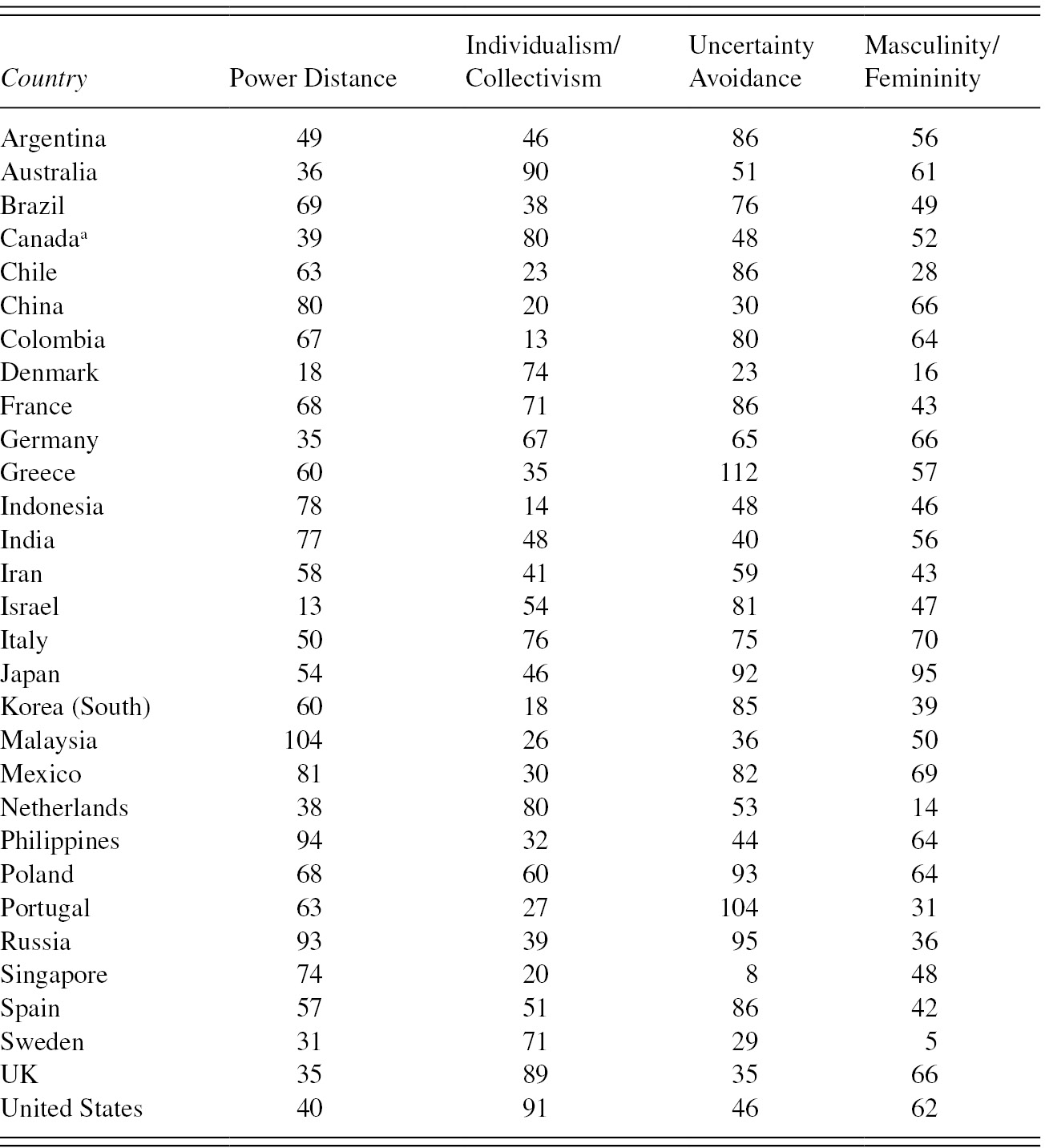As the aforementioned mentioned in my “Thou and I” assignment, my cousin has decided to make his settlement in Singapore, a country which is culturally different from China. It is true that Chinese is still the dominant ethnical group as many of their ancestors came from China to Singapore as early as Qing Dynasty. However, it is undeniable that the local Chinese behaves distinctive from mainland Chinese. Besides, Singapore is a multiracial country. It has residents from Malay, Indonesia, Indian and other racial groups. In order to compare and contrast the intercultural difference between China and Singapore, Hofstede’s cultural dimensions theory would be very relevant and meaningful. Hofstede came up with this four dimensions cultural theory in the early 1980s. He modified his theory include two more dimensions later in 2010 (Hofstede, 2010). He suggests that culture should be considered as a collective programming of the mind differentiating one social group to another. However, in this review, the major four dimensions would be employed to demonstrate the national cultural difference. It includes power distance, individualism vs collectivism, Uncertainty avoidance, Masculinity vs Femininity as shown in Appendix.
Power Distance Index or PDI is the dimension expresses the degree to which the less powerful social members accept the power distribution(Hofstede, 2010). High PDI means that residents in a country are accepting high hierarchical order. Conversely, low PDI means that people are expecting equalized power distribution. From the table below, China and Singapore have very similar PDI. One is 80 and the other is 74. In other words, both countries have very strict hierarchical order. It is coherent with what my cousin has told me. Singapore is requiring him to do national pledge almost everyday. Moreover, Singapore is in fact ruled by Lee Kuan Yew and his successor Lee Hsien Loong for almost 40 years. China also has the very similar situation. Chinese Communist Party (CCP) have become the ruling party since the time when PRC was established. Residents from both countries are not demanding equalized power as their Western counterparts.
Moreover, Individualism, according to Hofstede’s cultural dimensions theory, can be defined as a preference for loose-knit social framework(Hofstede, 2010). It means that people are only caring about themselves or immediate families. Collectivism is exactly the other way round. As shown in the cultural dimensions table, both China and Singapore have the same sore of 20. It means that collectivism is more preferred in the two society. My cousin told me that even though Singapore is a developed country, it does not have press freedom. For instance, a person from the opposition party was jailed for criticizing Lee Kuan Yew’s government policies. Besides, both countries are highly valuing social harmony. It is very difficult to keep an individualistic identity.
Furthermore, Uncertainty Avoidance Index(UAI) measures the degree to which social members are feeling uncomfortable with uncertainties and ambiguities(Hofstede, 2010). Apparently both China and Singapore have very low UAI. However, Singapore is only 8, very much lower than China. It shows that Singaporeans are more tolerant with uncertainties or ambiguities. They have more flexible attitudes in which practice counts more than principals. It is understandable in both countries’ culture. My cousin told me in the private interview that Singaporeans are trying to avoid conflicts. In fact, Singapore has multiracial, multi-religious and multicultural groups. In order to achieve the aim of building harmonious society, people have to accept differences around them. Very similarly, China also have many different racial groups. Low uncertainty avoidance means that people are trying to avoid potential conflicts among different cultural and racial groups.
Last, Masculinity and Femininity Index (MAS) is the dimension which represents a preference in society for heroism, material rewards or high quality of life(Hofstede, 2010). In masculine cultures, difference between genders are more rigid. As shown in the table, China scores 60 whereas Singapore scores only 48. It shows that Chinese society is highly patriarchal. Gender stratification and discrimination are actually more rampant in China than Singapore. Ziang told me that Singapore’s society has a preference for cooperation and modesty. There are many daycare center to help the elderly and needy people. It could be observed that Singapore has a relatively feminine culture. In China, people are emphasizing more on material rewards for success.
In conclusion, this review shows that China and Singapore do share some commonality in terms of PDI and Individualismaccording to the Hofstede’s cultural dimensions score table. But the UAI and MAS are quite different. It is understandable as different countries would have many intercultural differences. In order to migrate to a new country successful, it is highly necessary to learn and respect local culture.
Reference
Hofstede, G. (2010). National cultural dimensions. Cambridge, MA: Blackwell.
Appendix

Source Credit: Cambridge University Press
Retrieved from:
https://www.cambridge.org/core/books/laws-of-globalization-and-business-applications/business-applications/D38DB067D41C4BDA7C56300E6F360067